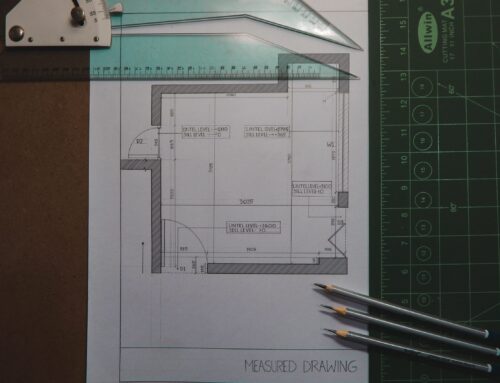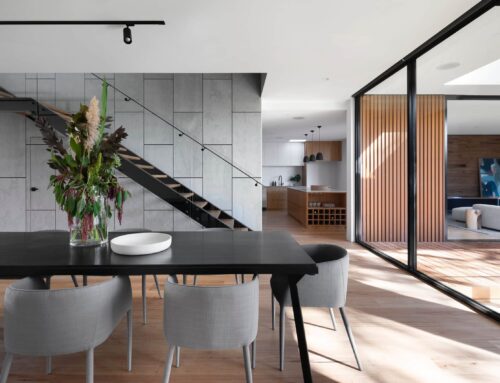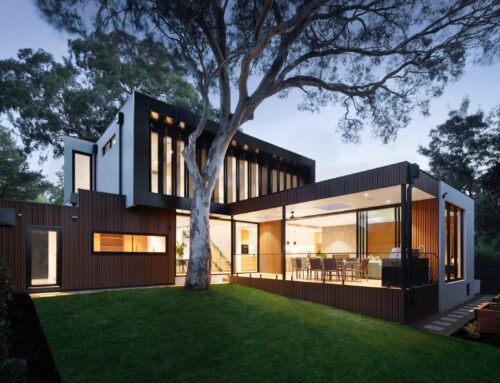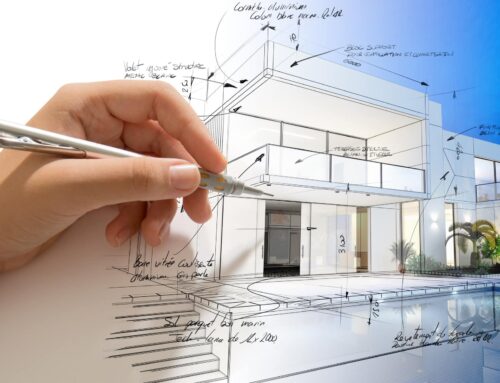The role of drafting in the building design process cannot be overstated. Drafting is an essential step in the design process that involves creating detailed, accurate drawings of a building’s layout, dimensions, and features. These drawings serve as the basis for the construction of the building, and any errors or omissions in the drawings can lead to costly mistakes and delays during the construction process.
In the early stages of the design process, architects and designers use drafting to create rough sketches and preliminary plans for the building. These early drawings help to explore different design options and to visualize how the building will look and function. As the design process progresses, more detailed drawings are created, including floor plans, elevations, sections, and details. These drawings provide a comprehensive overview of the building’s design, and serve as a guide for the construction process.
Drafting also plays a crucial role in ensuring that the building is safe and meets all applicable building codes and regulations. Building codes dictate specific requirements for elements such as the size and placement of windows and doors, the height of ceilings, and the strength and stability of the building’s structure. Accurate drafting is essential to ensure that these requirements are met and that the building is safe for its occupants.
In addition to its practical applications, drafting can also be a form of artistic expression. Skilled drafters can create beautiful, detailed drawings that capture the essence of a building’s design and convey its aesthetic qualities. In this way, drafting can be seen as both a technical and creative process, combining precision and artistry to bring a building’s design to life.
In conclusion, the role of drafting in the building design process is essential to the success of any construction project. Accurate, detailed drafting helps to ensure that the building is safe, meets all applicable codes and regulations, and reflects the design intent of the architect or designer. Whether used for practical or artistic purposes, drafting is an essential component of the building design process, and a skill that is highly valued in the architecture and construction industries.






